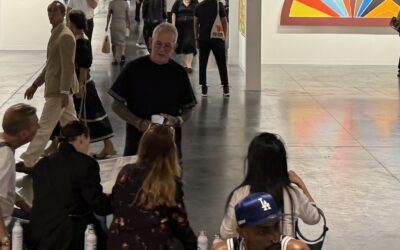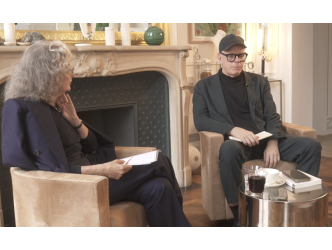Multidirectional vision
Something remarkable happens when you arrive at this museum. Our gaze embraces everything — or almost everything — across three levels. The visitor is astonished by this multidirectional and unobstructed vision in depth.
In the new Fondation Cartier, located at 2 Place du Palais Royal, Paris’s beloved architect Jean Nouvel has achieved the miracle of offering a spectacle of art that is both immediate and abundant.
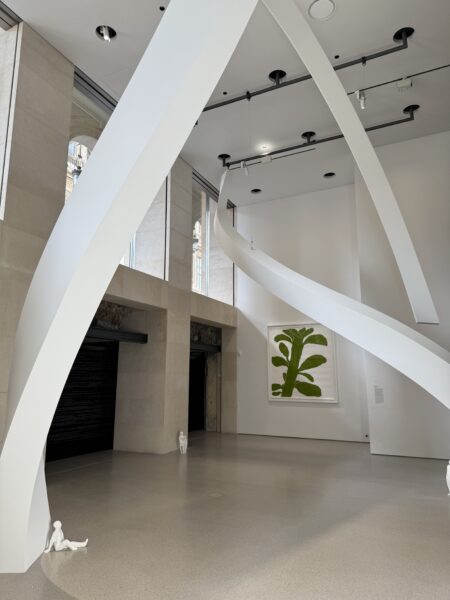
6500m2
To do this, he imagined that the 6,500 m² — instead of the 1,200 m² at the institution’s former address on Boulevard Raspail — would be spread over three floors, each of which can move to different levels, horizontally and vertically. The whole structure is supported by visible cables, reminiscent of theatrical machinery, but in XXL format.
Rem Koolhaas
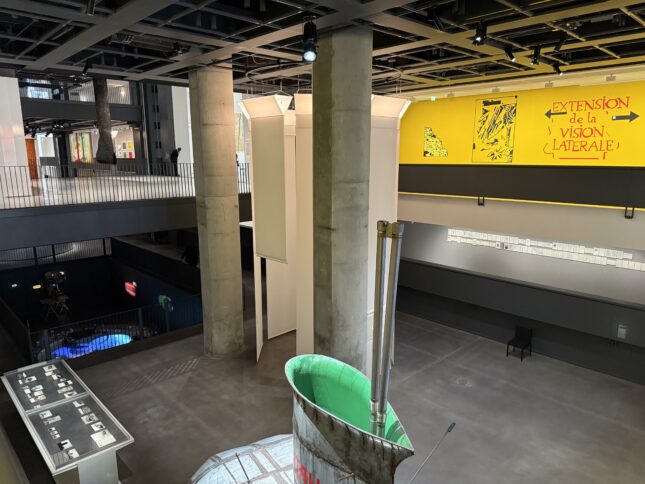
You’ve guessed it: the result is breathtaking. It is a unique example of open architecture, even though Rem Koolhaas created in 2018, on a smaller and less flexible scale, a similar concept for the Fondation Lafayette Anticipations in the Marais.
Paris ecosystem de l’art
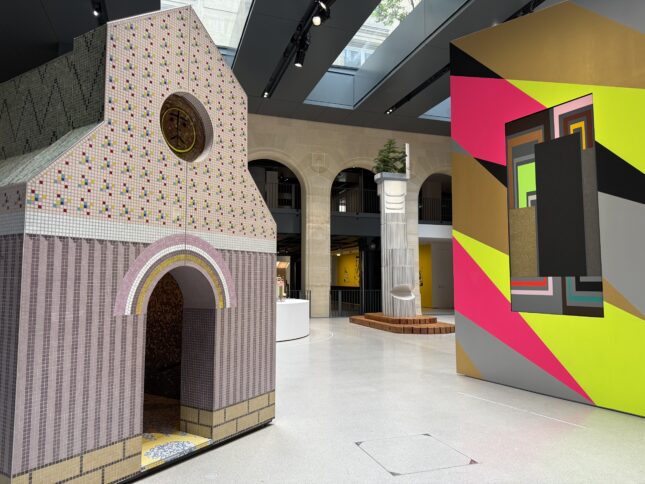
The project, initiated by Alain Dominique Perrin, president and founder of the Fondation in 1984, opens to the public on October 24. By its sheer scale, the institution transforms the Parisian art ecosystem — located opposite the Louvre, just steps away from Daniel Buren’s contemporary art masterpiece Les Colonnes de Buren, and not far from the Bourse de Commerce, home to the Pinault Collection.
Au Bonheur des Dames
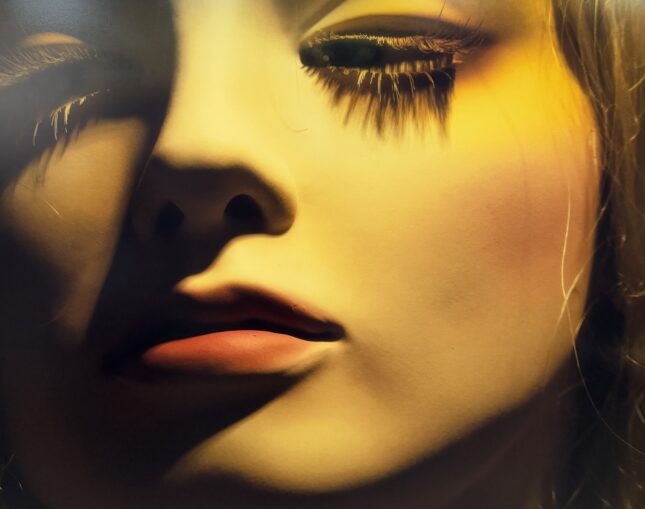
Daido Moriyama
It occupies a space that long served as a dwindling antiques shopping center — the Louvre des Antiquaires. The building, dating from 1855, was originally created to house the Grands Magasins du Louvre. It was even celebrated by the French writer Emile Zola in his famous novel Au Bonheur des Dames, which he described as “a temple, with its blazing altars of temptation, its population of saleswomen, its cult of the happy woman.”
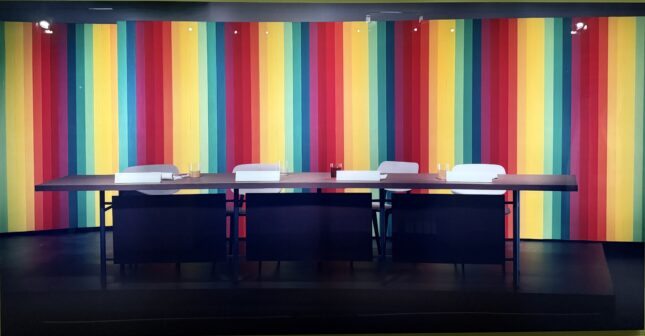
Thomas Demand
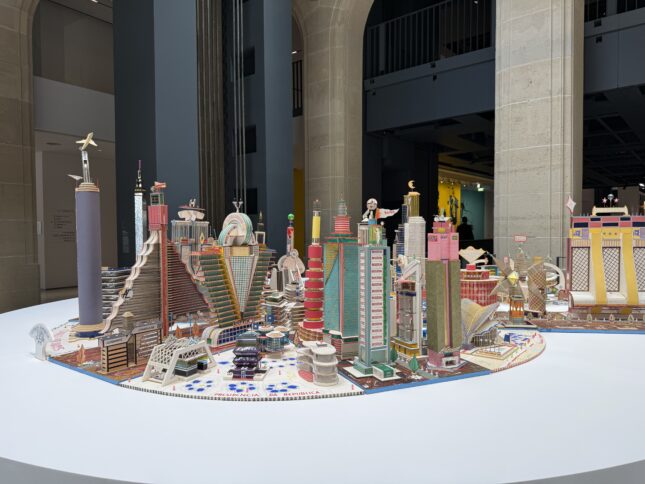
Bodys Isak Kingelez
The most creative minds of our time
Nearly a century and a half later, nothing is for sale, and this new kind of temple is now dedicated to what is supposed to be the most creative minds of our time. For many years, the Fondation Cartier has not limited itself to contemporary art — it also presents hybrid projects that address major social issues, mostly conceived under former director Hervé Chandès. The inaugural exhibition, titled Exposition générale (the name used in Zola’s time), brings together 600 works acquired through the numerous exhibitions organized by the institution.
Chris Dercon
Its general director, Chris Dercon, explains: “I like the concept of the in-between. We want to keep looking between disciplines — between painting and sculpture, between sound and photography, between design and architecture…” Here, visitors can see not only classic contemporary masterpieces such as the 1984 diptych by American artist Joan Mitchell — following in Monet’s footsteps in expressing the sensations of nature — but also a more anecdotal 2022 painting by Damien Hirst, rendered in a reinterpreted Impressionist style, illustrating the British provocateur’s return to painting.
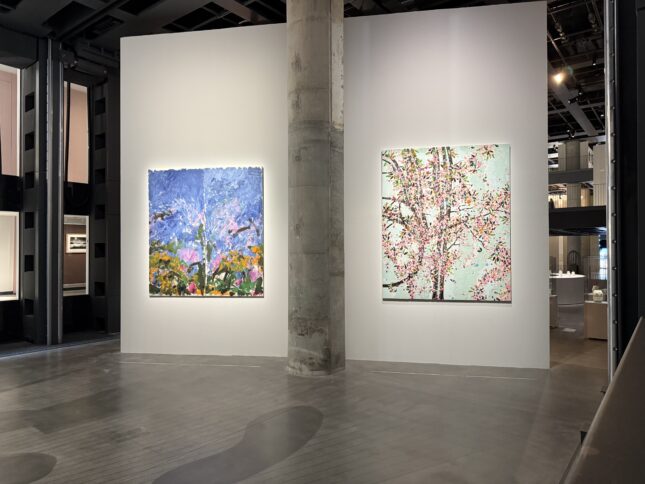
Throughout its history, the Fondation Cartier collection—largely assembled by Hervé Chandès, who is no longer part of the institution—has been shaped by strong curatorial choices, marked by flashes of brilliance and notable gaps, as the opening show clearly reveals.
Agnes Varda and Paul Virilio
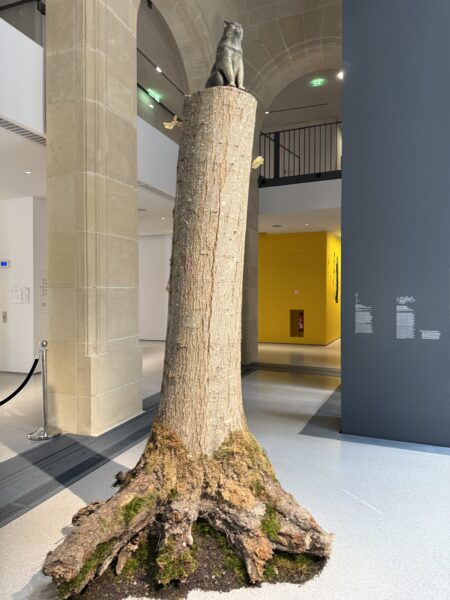
Agnès Varda
The journey through the foundation’s memory leads us from lighthearted evocations to more serious subjects — from a life-sized bronze of filmmaker Agnès Varda’s cat Nini to a video of philosopher Paul Virilio recounting the Chernobyl disaster, from Malick Sidibé’s studio photographs of Bamako youth in the 1960s and 70s to Patti Smith’s 2008 Polaroids of a Paris of poets and nostalgia.
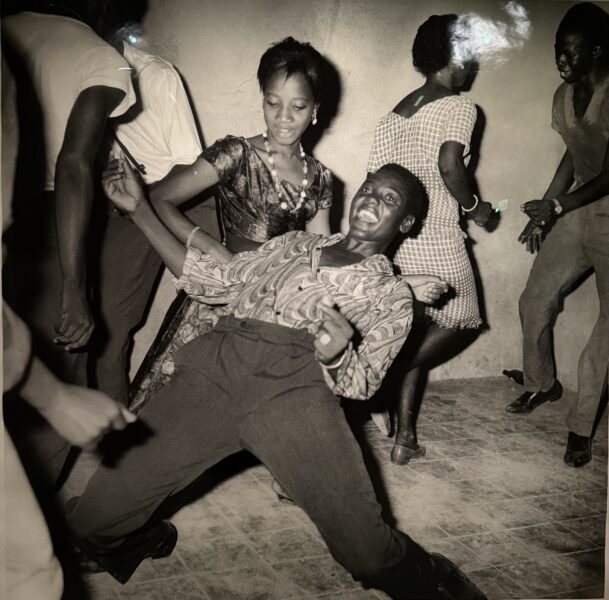
Malick Sidibé
Chris Dercon concludes beautifully:
“The Fondation is a belvedere of creation.”
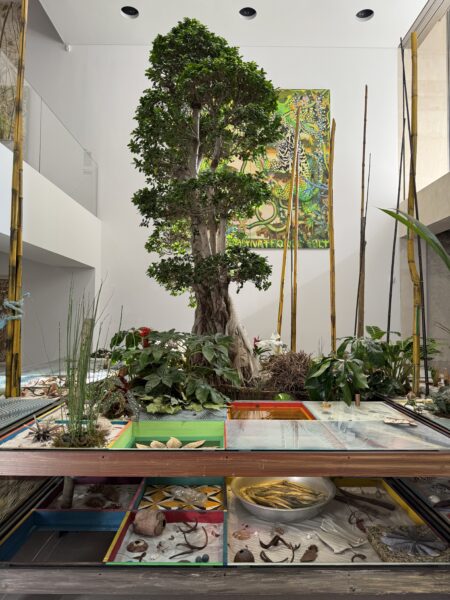
Luis Zerbini
From October 24, 2025, to August 23, 2026 — fondationcartier.com
Support independent news on art.
Your contribution : Make a monthly commitment to support JB Reports or a one-off contribution as and when you feel like it. Choose the option that suits you best.
Need to cancel a recurring donation? Please go here.
The donation is considered to be a subscription for a fee set by the donor and for a duration also set by the donor.



